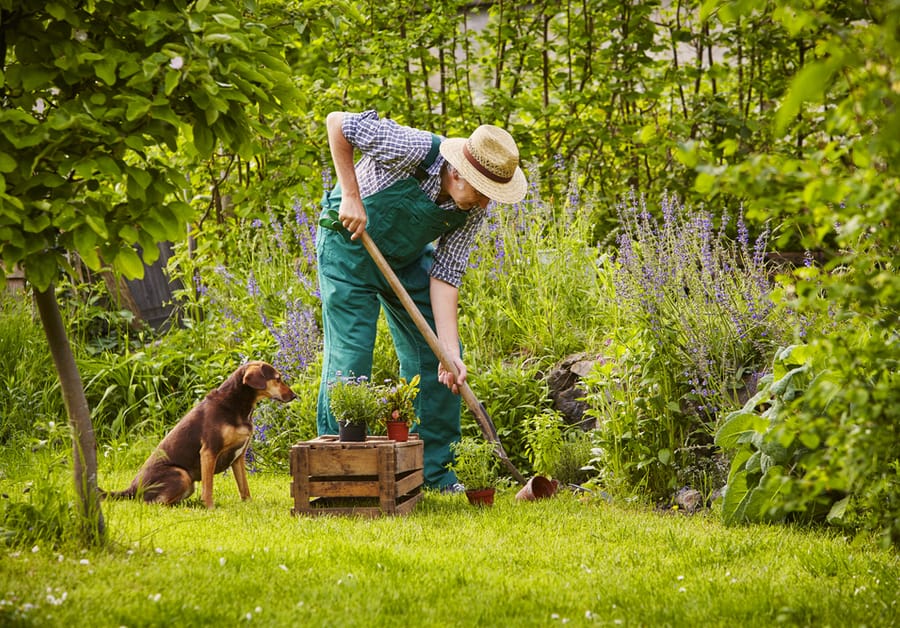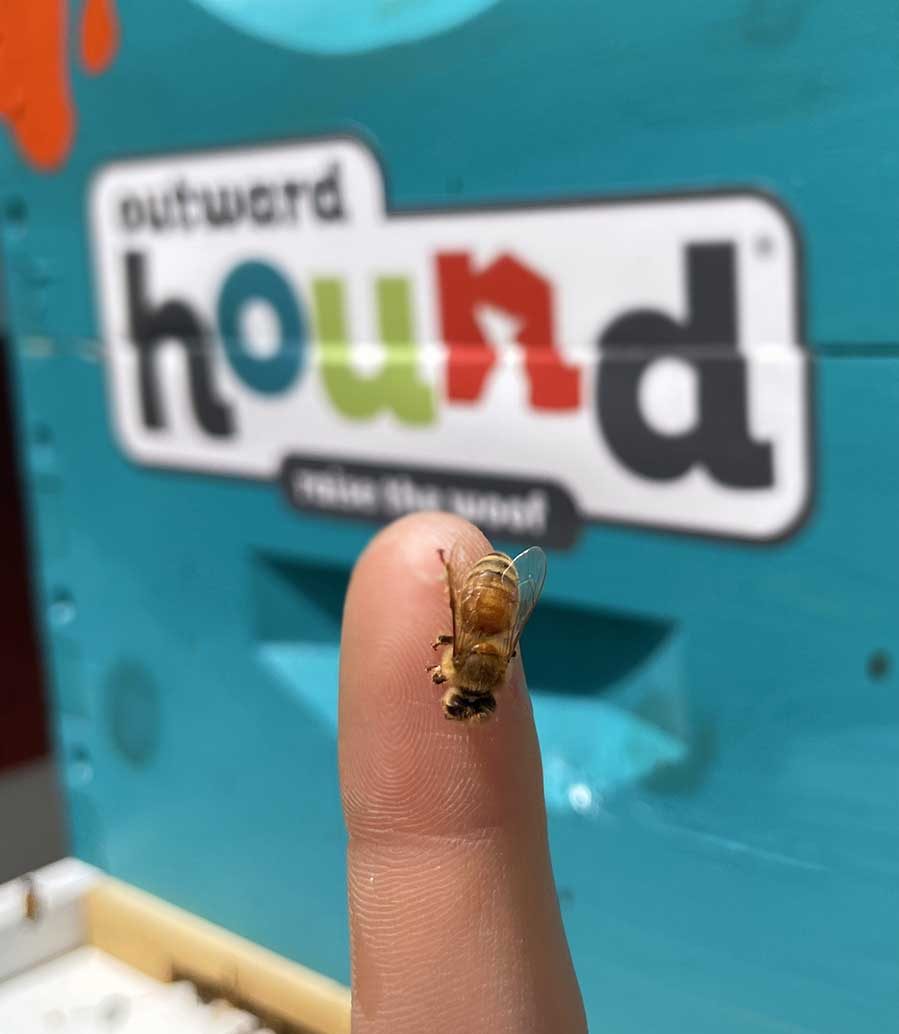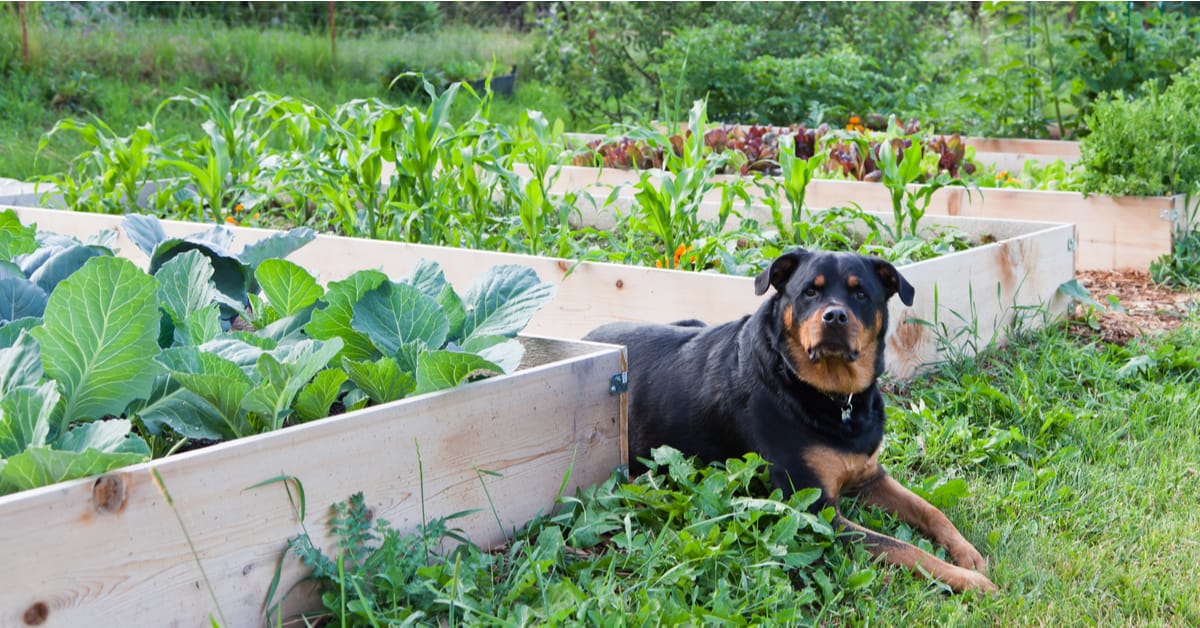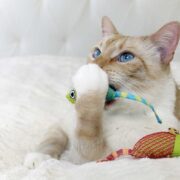Whether you have an apartment window sill or a sprawling 10 acres, you have an opportunity to contribute to the ecosystem in which you live. Outward Hound has partnered with The Peoples Bees, an urban beekeeping project in Denver, Colorado, to guide people of all gardening experience levels in creating and maintaining a garden that provides for pollinators—such as bees, butterflies, and birds—that your pet can safely be around.
If you’re not already familiar with gardening, let us begin by saying there are so many reasons to take it up! For starters, it’s good for you. Research proves that gardening can improve mood, strengthen self-esteem, increase attention span, and provide exercise.
Gardening and Mental Health

Gardening requires us to learn and understand how soil, seeds, plants, climate, and wildlife all cooperate together; therefore building a relationship with the Earth, which connects us with our more primitive needs and boosts our serotonin levels—especially after a long day working indoors.
With gardening comes challenges. Failure through trial and error can teach us humility, but success, on the other hand, can strengthen our self-esteem and sense of self-sufficiency. Successfully growing a tomato plant from seed is an achievement anyone can be proud of—especially after the first half dozen seeds failed to flourish.
Modern ways of living have evolved to require multitasking, thereby stretching our attention spans so thin we often feel overwhelmed. Gardening requires patience and focus, which can be incredibly calming for a busy and tired mind.
And lastly, gardening requires physical movement, which is healthy for everyone of just about any mobility. Whether you’re standing, sitting, or kneeling, the work of gardening will activate small muscles in the neck, back, arms, shoulders, fingers, and toes that may otherwise go unused. But be careful—too much of anything can lead to strain and pain, and be sure to wear sunscreen during your time outdoors!
Gardening and the Environment

Now that we’ve sold you on gardening, let’s explore what it does for your environment. Many of the seeds we sow produce flowers. Fruits like tomatoes, squash, and strawberries; vegetables like potatoes, broccoli, and lettuces; nuts like almonds and peanuts; legumes like peas and soy; and herbs like mint, basil, and fennel all produce the beautiful and delicate sculptures we call flowers.
Flowers are critical to ecosystems as they are responsible for reproducing the crop from which they grow; they produce nectar to attract pollinators, like bees, butterflies, and birds, who enjoy the sweet snack while incidentally spreading the pollen, which flowers also produce, consequently fertilizing the plant and increasing its yummy yield.
Pollinators are essential to this planet. No pollinators mean more than ⅓ less of the fruits, vegetables, nuts, legumes, and herbs we eat and thrive from (not to mention honey!). Gardens are not only great for us but also for the big and small critters around us.
Creating a Pet-Safe Garden Indoors & Outdoors

And speaking of critters, canines may build a relationship with our gardens too! Whether your pup is the type to roll in it, gnaw at it, or steer clear of it, pet-friendly gardens are possible—and simple—to keep.
First, you should know a few common garden plants that are toxic to dogs, but loved by pollinators. Garden plants toxic to dogs include:
- Tomatoes, exclusively pollinated by bumble bees
- Onion, garlic, shallots, and leeks
- Hops, for you home beer brewers out there
- Chamomile, a lovely and fast-growing plant often dried and used for tea
- Milkweed, the host plant to the threatened monarch butterfly
- Bulb flowers, like daffodils, gladiolas, and tulips
- Rhododendron, a flowery shrub
- Other beautiful ornamental plants like oleander, begonia, and chrysanthemum
While this list may seem extensive, it should not deter you from growing any of these plants in your garden. Simply being aware of their danger to dogs and taking precautions to prevent contact is plenty safe.
Small space and apartment gardeners with pets should be cognizant of plant trimmings and debris tracking into your living space. Keep your area clean and potted plants either up high or tucked away, out of your pet’s reach.
For heavy fruit-bearing plants like tomatoes, consider using a tomato cage or chicken wire around the perimeter of your pot to prevent the fruit from falling and becoming accessible to your pet.
Outdoor gardening precautions
Backyard gardeners and landowners should first consider their pet’s personality. Dogs who like to roll anywhere, nibble on anything, or dig up everything should not have access to your garden. Consider installing a simple and inexpensive fence using chicken or mesh wire and T-posts, or reclaimed wood pallets, at least 2-feet from your plants to prevent a persistent pooch from reaching their foliage or fruit.
Dogs who are easily trainable may just take your word for it; showing them the boundaries of your garden—whether it’s open or closed off with fencing—and teaching them to avoid the area may be enough.
Plant Native Plants

If you’re less interested in growing your own food and more intrigued by planting a pollinator garden, you’ve earned a gold star from The Peoples Bees! Their advice is straightforward and cost-effective: plant native plants.
Native plants are plants that grew on the land before foreign plants were introduced. A great example of introduced (non-native) plants in North America is the familiar dandelion and purple clover, which were brought over from Europe hundreds of years ago.
Native plants are incredibly important to our ecosystems as they are the preferred (and sometimes exclusive) food source and habitat to the insects, birds, and mammals that are also native to the area and keep nature wild.
You can learn about native plants in your region by searching online or talking to an expert at your local garden center. The National Wildlife Federation has a great Native Plant Finder, where you can search and shop for native plants in your area by zip code.
Good luck, gardeners!

